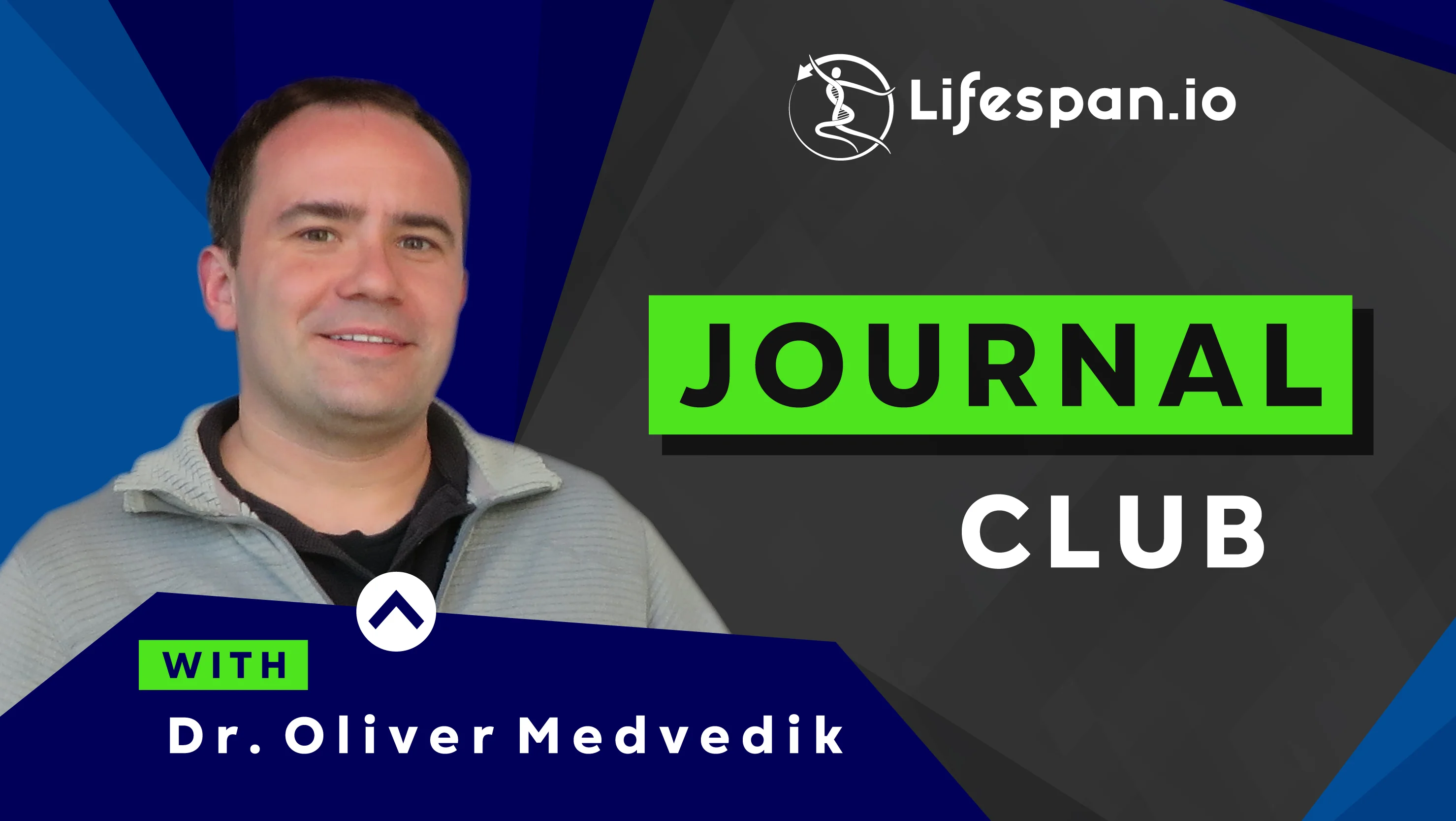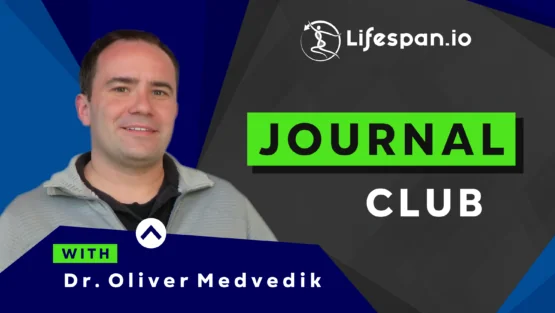The Journal Club returns on Friday October 27th at 11:30 am Eastern time on the Lifespan.io Facebook page. We will be discussing the new paper from Conboy et al. which examines current DNA methylation clocks and their limitations in the context of aging. They also developed a “noise barometer” to measure the epigenetic impact of aging. We will be joined on this episode of the Journal Club by two of the authors of the paper, Drs. Irina and Michael Conboy.
Abstract
This study shows that Elastic Net (EN) DNA methylation (DNAme) clocks have low accuracy of predictions for individuals of the same age and a low resolution between healthy and disease cohorts; caveats inherent in applying linear model to non-linear processes. We found that change in methylation of cytosines with age is, interestingly, not the determinant for their selection into the clocks. Moreover, an EN clock’s selected cytosines change when non-clock cytosines are removed from the training data; as expected from optimization in a machine learning (ML) context, but inconsistently with the identification of health markers in a biological context. To address these limitations, we moved from predictions to measurement of biological age, focusing on the cytosines that on average remain invariable in their methylation through lifespan, postulated to be homeostatically vital. We established that dysregulation of such cytosines, measured as the sums of standard deviations of their methylation values, quantifies biological noise, which in our hypothesis is a biomarker of aging and disease. We term this approach a “noise barometer” – the pressure of aging and disease on an organism. These noise-detecting cytosines are particularly important as sums of SD on the entire 450K DNAme array data yield a random pattern through chronology. Testing how many cytosines of the 450K arrays become noisier with age, we found that the paradigm of DNAme noise as a biomarker of aging and disease remarkably manifests in ~1/4 of the total. In that large set even the cytosines that have on average constant methylation through age show increased SDs and can be used as noise detectors of the barometer.


